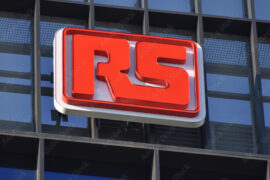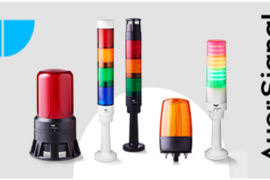67 new displays from the world’s leading OLED manufacturers
RS Components is pleased to announce the expansion of its range of displays from the world’s leading OLED manufacturers, including 4D Systems, Bolymin, CMEL, Powertip and Univision. The company now offers 67 different active and passive matrix OLED displays, spanning a range of sizes from 0.79 to 4.3-inches, with resolutions from 64 x 48 to 480 x 272.
Portable products have played an important role in our lives for some time. Their design requirements, however, continue to present engineers with challenges. Reducing power consumption, weight and cost, while at the same time meeting market demands for the increased multimedia functionality and aesthetic appeal that users have come to expect with each new generation, is not an easy task.
OLEDs come as a welcome advancement in display technology for design engineers in both consumer and industrial markets. The advantages they deliver mean it is now impossible to overlook them when developing a portable application.
OLED v LCD
Power consumption is the dominant issue for design engineers at present. LCD technology engages a backlight, whereas OLED has no backlighting function, therefore it is not possible for an LCD to display true black. OLEDs have an ‘off element’ that produces no light and consumes no power. LCD technology wastes power because the liquid crystal acts as a polarizer which filters out half of the light emitted by the backlight. As a result, OLED technology consumes less power.
The OLED manufacturing process is also very different to that of LCDs. OLEDs can be printed onto almost any substrate with inkjet printer technology. This allows ultra thin as well as roll-up displays to be achieved. The OLED manufacturing process is also considerably cheaper than those employed for LCD or plasma displays, which is reflected in the price to the user.
Aesthetically OLEDs are more appealing than LCDs. OLED technology achieves increased brightness and a higher contrast ratio, typically 10,000:1 compared with 400:1 for an LCD. The viewing angle of an OLED can be up to 180 degrees both up/down and left/right; 120 degrees is pushing the limits for LCDs.
In addition, the response time of an OLED display is typically 50μs versus 25ms for a LCD, meaning that full motion-video is faster and greyscale is far superior.







Comments are closed.